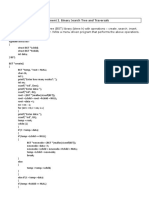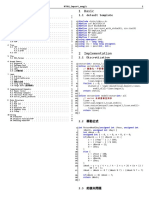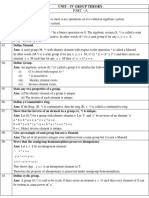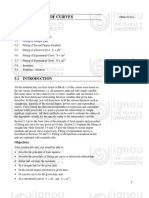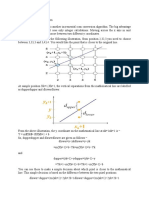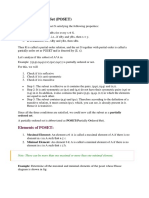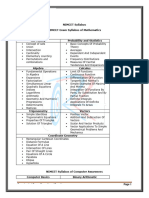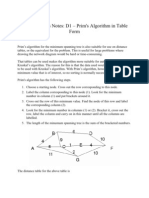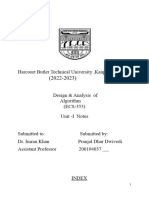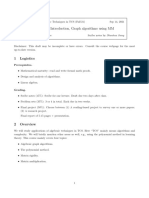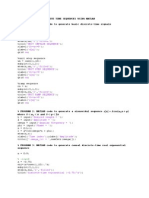0% found this document useful (0 votes)
181 views17 pagesMath Lecture5
The document discusses interpolation methods for unevenly spaced data points, including Lagrange interpolation and Newton's general interpolation formula. Lagrange interpolation finds a polynomial that passes through the given data points, while Newton's formula uses divided differences which allow a higher order polynomial to be derived by simply adding new terms. Some examples are provided to demonstrate applying Lagrange interpolation to find values between given points for different functions.
Uploaded by
yasin pathanCopyright
© © All Rights Reserved
We take content rights seriously. If you suspect this is your content, claim it here.
Available Formats
Download as PDF, TXT or read online on Scribd
0% found this document useful (0 votes)
181 views17 pagesMath Lecture5
The document discusses interpolation methods for unevenly spaced data points, including Lagrange interpolation and Newton's general interpolation formula. Lagrange interpolation finds a polynomial that passes through the given data points, while Newton's formula uses divided differences which allow a higher order polynomial to be derived by simply adding new terms. Some examples are provided to demonstrate applying Lagrange interpolation to find values between given points for different functions.
Uploaded by
yasin pathanCopyright
© © All Rights Reserved
We take content rights seriously. If you suspect this is your content, claim it here.
Available Formats
Download as PDF, TXT or read online on Scribd
/ 17



